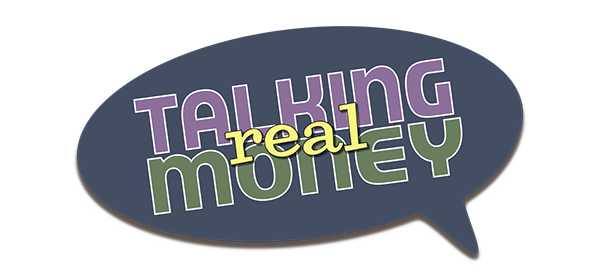Power of Portfolio Diversity
Before the 1960s, very few people invested (about 11% of the population in 1959). Most of those speculated in the stock market. Buying stocks was and is more like gambling than real investing, as individual companies can – and have – gone bankrupt; losing stockholders everything they invested.
Gradually, as the global economy improved, better-educated workers started looking to stocks as a means to increase their wealth and investing and speculating exploded. Many still played the market – buying individual stocks – while a new generation of investors discovered a 30-year old vehicle called a mutual fund.
Mutual funds offered several advantages over buying individual equity securities. As most stocks were only sold in “round lots,” of 100 shares, buying shares in even one firm was beyond the means of most. Mutual fund portfolios were available to those with $1,000 or less to invest.
These new-fangled mutual funds offered another huge advantage to investors, diversity. Investors could invest in a large segment of the economy and worry less about the possibility of total loss. Losing it all in a fund was still technically possible, but even in a fund with 20 or 30 stocks, it was far less likely.
In 1970, about 250 U.S. mutual funds were managing a mere $50 billion. As baby boomers have moved through adulthood, that number has mushroomed to over 8,000 funds with almost $16 trillion invested. That’s 260 times more in less than 50 years! Globally, mutual funds manage more than $31 trillion.
The members of the “Baby-Boom” are the first generation of Americans to have the opportunity to be what I call “real” investors. I define a “real” investor as one who understands that investing is not synonymous with speculating. These are folks who have learned that buying a stock or two (or even several) is far too dangerous to their future wealth.
No matter how good a company might be today and how confident you are in its future, it is impossible to know what the future will bring. Despite the occasional anecdotes to the contrary, millions of investors rode General Motors (GM) stock from $95 per share in 2000 all the down to worthless in 2009.
As late as May 12, 2009, a flurry of speculation pushed GM’s stock up 15% - from $1 a share to $1.15. Less than three weeks later, GM filed for bankruptcy, and the stock quickly became worthless. In the 1960s the prevailing belief was that “as goes GM, so goes the country.” Thankfully, despite GM’s failure, the country goes on (as does GM, but with new shares of stock.
If you bought $10,000 worth of GM stock in 1970, you would have nothing today. However, if you invested $10,000 in a diversified portfolio consisting of almost every publicly-traded stock in the U.S., you would likely be sitting on over $1 million today1 (a globally diversified portfolio would have done slightly better). Yes, you would have suffered through some frightening declines (like watching your $10,000 drop to about $8,000 in 1974 or your $500,000 plummet to about $300,000 in 2008), but - barring an asteroid strike or global nuclear war - there was no chance you could have lost it all.
The same reasoning applies going forward. Portfolio diversity is good for you and your future.
1 Hypothetical approximations for illustrative purposes only based on Dimensional Funds Total US Market including reinvestment of capital gains and dividends before taxes and after fund fees. Backtested data is hypothetical and does not represent actual past returns or imply any future results.
